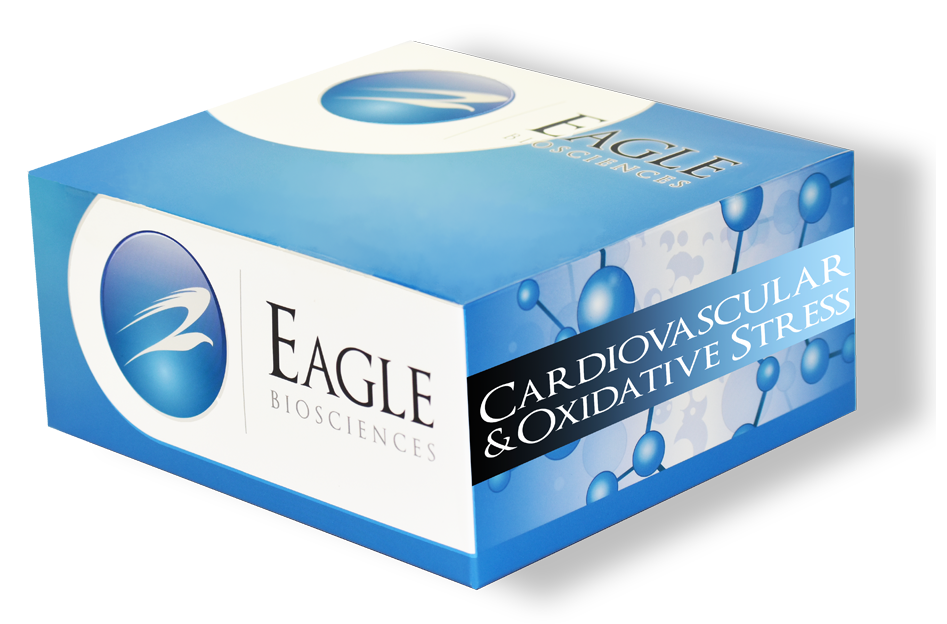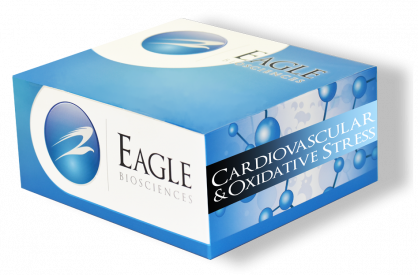Human IL-9 ELISA Assay
The Human IL-9 ELISA Assay is For Research Use Only
Size: 1×96 wells
Sensitivity: 2 pg/mL
Dynamic Range: 7.8 – 250 pg/ml
Incubation Time: 3.5 hours
Sample Type: Serum, Plasma, Cell Culture
Sample Size: 100 µl
Alternative Names: Interleukin 9, IL9
Assay Background
Human IL-9 was originally identified as a cytokine found in the conditioned medium of a human T cell leukemia virus type I (HTLV-I) transformed T cell line that is mitogenic for the factordependent human megakaryoblastic leukemic cell line, M07e. This human cytokine and its murine homologue are now designated as human and mouse IL-9. The gene for H IL-9 has been mapped to human chromosome 5. As in the mouse system, the human IL-9 cDNA encodes a 144 amino acid residue precursor protein with an 18 amino acid signal peptide that is cleaved to form the mature cysteine rich protein with a predicted molecular mass of 14 kDa. Human IL-9 contains four potential Nlinked glycosylation sites and the native HIL-9 is a highly glycosylated protein. Human and mouse IL-9 share 56% and 67% homology at the amino acid and nucleotide levels, respectively. Although murine IL-9 is active on human cells, human IL-9 is not active on mouse cells. Human and murine IL9 are also capable of enhancing in vitro survival of human T cell lines as well as synergizing with Epo to support erythroid colony formation in vitro.


